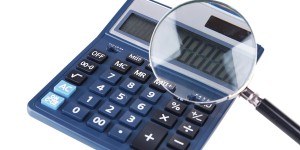Catastrophe models are designed to help risk managers in different industries understand the probability of occurrence of extreme events, typically for the next several years. But the time horizon can vary according to users’ needs. In addition, catastrophe models usually leverage a long time series of historical data because such events are by definition rare and using a lot of data has been the best way to more accurately account for the extreme intensity and frequency of events.
Executive Summary
Long datasets may capture a range of possible intensities but not the recent variability of extreme weather events, notes AIR Worldwide's Peter Sousounis. While mathematical equations modeling fluid motion can generate weather forecasts, resolution and accuracy also fall short for use in catastrophe models, he writes, suggesting that bringing the two together and employing machine learning will bridge gaps in understanding climate-weather interactions. Here, he explains in detail one such interaction—an atmospheric or Omega block—the reason for Hurricane Sandy's famous left turn into New Jersey.When it comes to science, engineering and other technical disciplines, it is more true than not that there is no such concept as too much data. The validity of that statement, however, hinges on the appropriateness of the data for the purpose. On the one hand, if the very environment in which extreme weather events develop is fundamentally changing, then using data from 100 or even 50 years ago may not be appropriate. On the other hand, using data from only the last 20 to 30 years may not sufficiently capture the variability of extreme events—e.g., what range of intensities is possible, where such events can occur and how frequently.
Another way to get data for extreme atmosphere-related events is to use a high-resolution, physically based model. In fact, the mathematical equations of motion that govern fluid flow have been known for hundreds of years, and the technology to integrate those equations on computers to generate weather forecasts numerically has existed for several decades. Even though great strides continue to be made in the accuracy and length of forecasts, however, the resolution and accuracy in general still fall short when using such output for the core of a catastrophe model.

























